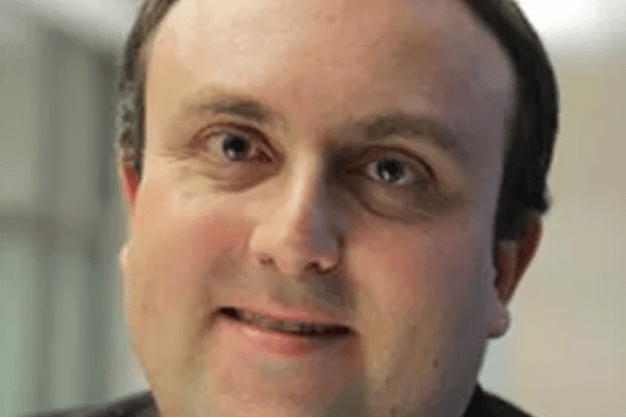Market round-up: September 2021

More than three months into the new whiplash regime and what do we know? Well, at the time of writing, very little. The Official Injury Claim portal has yet to release any data on its operation although hopefully that will be rectified soon.
There are certain consistent messages coming out of the market, however, most significantly that the vast majority of people who have started claims in the OIC so far are represented. Which of course makes a mockery of the whole idea.
Nobody can be surprised that a system designed for litigants in person to use that actually requires a lawyer’s level of understanding of claims is not delivering – but I suspect ministers do not much care. Strangling whiplash claims was a headline more than a thought-through policy and to the extent that the number of claims is reportedly far lower than might be expected, it can be considered a (political) success already.
That there have been a number of bugs with the portal – such as not accepting double-barrelled names – is also unsurprising and suggests there should have been more live testing.
Other emerging trends, such as an increase in the number of non-whiplash injuries claimed for (no news as yet on the test cases that will be brought on how to deal with these so-called mixed claims) as well as a large number of claims for the 20% ‘exceptional circumstances’ uplift, were widely anticipated too. Reports of far greater use of legal expenses insurance to fund claims perhaps offer a pointer to how the market will develop over the medium term.
It was interesting as well to hear Ian Davies, a partner at defendant firm Kennedys, speculate on a webinar whether the reason a lot of claims were being referred for potential fraud was in part because insurers were used to claimant solicitors not making claims for whiplash that lasted no longer than a week; under the new regime, even a couple of hours of whiplash symptoms are eligible.
But things never stand still in personal injury and, out of the blue, early September saw the Ministry of Justice confirm that it was pressing ahead with Sir Rupert Jackson’s 2017 proposals for fixed recoverable costs for most claims worth up to £100,000 – more than two years after its consultation on them closed.
It made no substantial change to the consultation proposals, which will categorise cases according to four levels of complexity to determine the right level of costs. APIL has argued that some types of cases they cover, such as employers’ liability disease and product liability claims, can be far too difficult to shoehorn into the new regime. Those pleas have fallen on deaf ears (speaking of which, the separate fixed costs regime for noise-induced hearing loss will be going ahead too).
Mesothelioma/asbestos, complex personal injury and professional negligence, actions against the police, child sexual abuse, and intellectual property will all be excluded from fixed costs if they are worth more than £25,000.
The figures approved by the MoJ – subject to uprating for inflation – remain a particular bone of contention. They were based on just one law firm’s sample of cases, where it acted for the defendants.
Claimant lawyers will not be surprised to learn that there is no commitment yet to continue increasing the figures for inflation, a failure that has been with fixed costs from the start.
We don’t have an implementation timetable as yet. The system will take time to put in place as a lot of new rules will need to be written, so firms probably have a year or more until they come into force.
A more immediate change are the new guideline hourly rates (GHR), which come into force on 1 October. The Civil Justice Council report on which they are based put forward largely “modest” increases, ranging from 7% to 35%, as well amending the London 1 and London 2 rates to reflect the work done, rather than whether or not firms are in the City.
This makes London 1 primarily be for very heavy commercial and corporate work and London 2 for all other work. The National 2 and 3 bands will be merged into a single band and those parts of the country not currently allocated to a band will be put into one.
Having been static for 11 years, any increase is welcome, even though the Civil Justice Council working group was pretty conservative in its recommendations and did not depart from the traditional basis of the GHR.
But it envisaged a need for a more radical review in the coming years, given the changes to working practices brought about by technology, court modernisation and the pandemic. The Master of the Rolls, Sir Geoffrey Vos, agreed with this. He said there would be “a further review of guideline hourly rates reporting within two years”. Frustratingly, there is as yet no detail on what this will look like.
Personal injury lawyers and litigators more broadly can be sure of one thing though. Change is constant and their fees will be under ever greater pressure.


